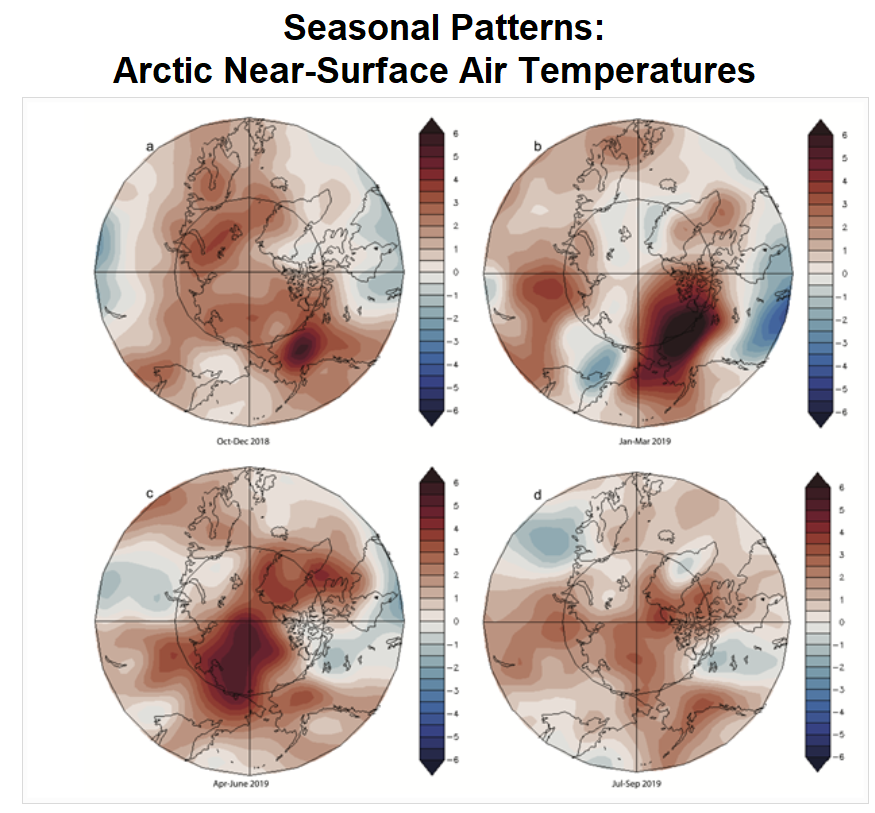“Warning Cry From the Arctic”: Reuters
Rapid Arctic warming poses dire consequences for the planet. Record-breaking heat – 38 degrees Celsius, or 100 Fahrenheit – is reported from the Arctic, with dry peatlands and conifers that serve as tinder for wildfires. “That extreme heat is fanning the unusual extent of wildfires across the remote, boreal forest and tundra that blankets northern Russia,” reports Reuters. “Scientists fear the blazes are early signs of drier conditions to come, with more frequent wildfires releasing stores of carbon from peatland and forests that will increase the amount of planet-warming greenhouse gases in the air.” One researcher explains how such heat patterns create a “vicious cycle” of more dry fuel, more fires, more ice melt, more carbon emissions. Fires strip away peat and vegetation that normally protect the permafrost. Reversal of the warming trends require decades of reduced reliance on fossil fuels, starting immediately. – YaleGlobal
“Warning Cry From the Arctic”: Reuters
The Arctic region, enduring record temperatures, is heating twice as fast as the rest of Earth, fueling a cycle of warming, melting ice, wildfires, emissions
Thursday, June 25, 2020
Read the article from Reuters about record temperatures reported in Siberia.
Read the Arctic Report Card on record temperatures from the US National Oceanic and Atmospheric Administration.


Reuters
© 2020 Reuters. All Rights Reserved.